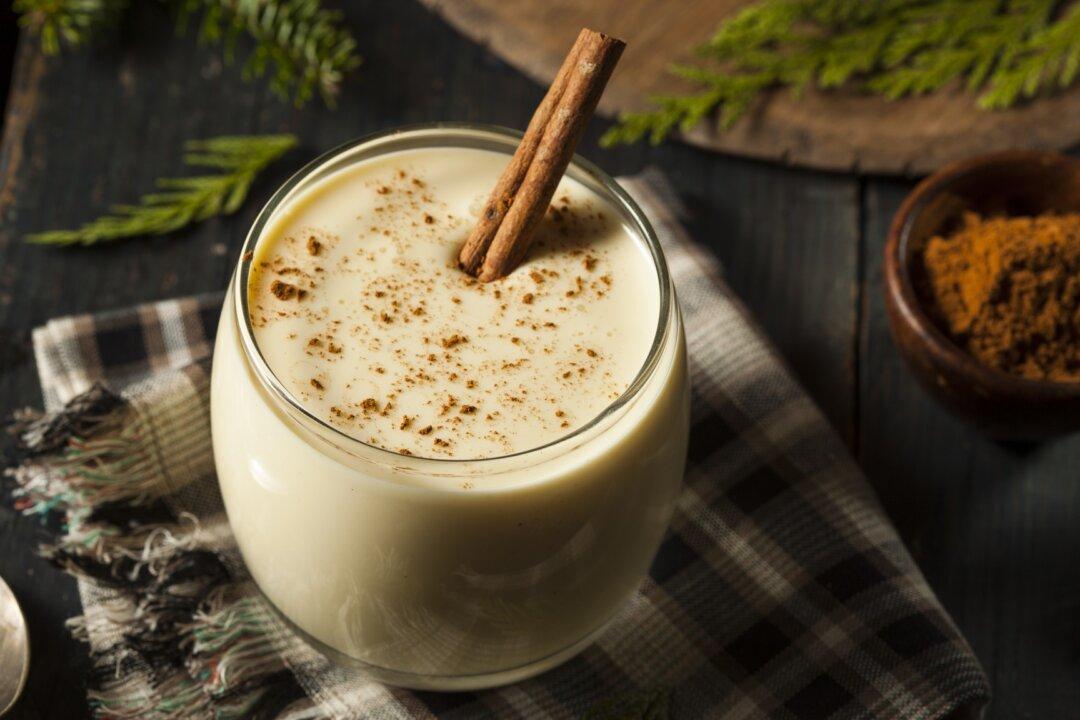Eggnog season is upon us! To be honest, in some parts of the Midwest I am not sure there actually is a season. While part of the dairy section fills up with various brands from Thanksgiving through New Year’s, I am fairly certain there are at least a couple around as early as October and throughout winter and beyond.
I remember my parents making eggnog from scratch when I was a child. This was back in the 1970s and early ’80s, when we lived life on a frayed high-wire without a net—biking without helmets, playing outside unsupervised, and leaving the house without cellphones. Sam Manella was just that Italian guy who owned the deli.





